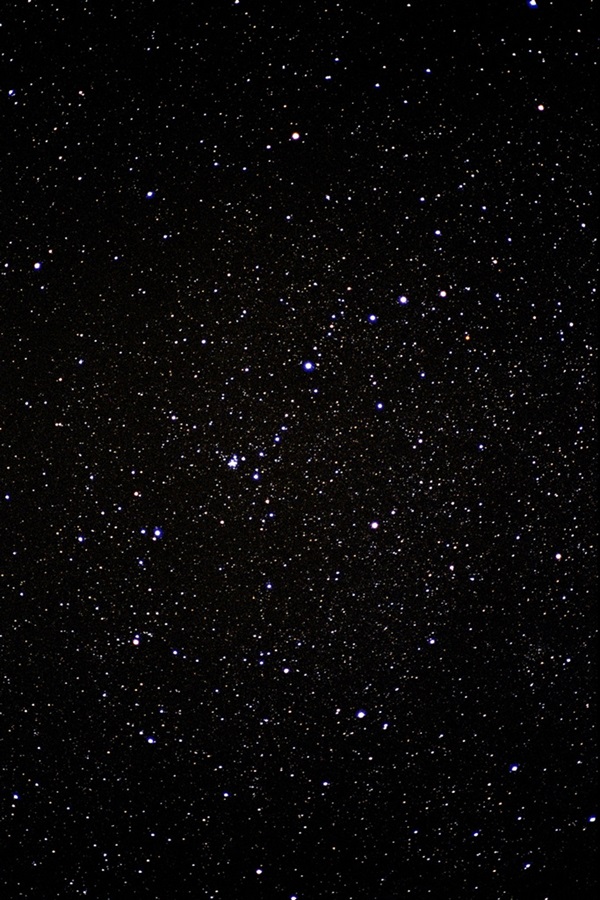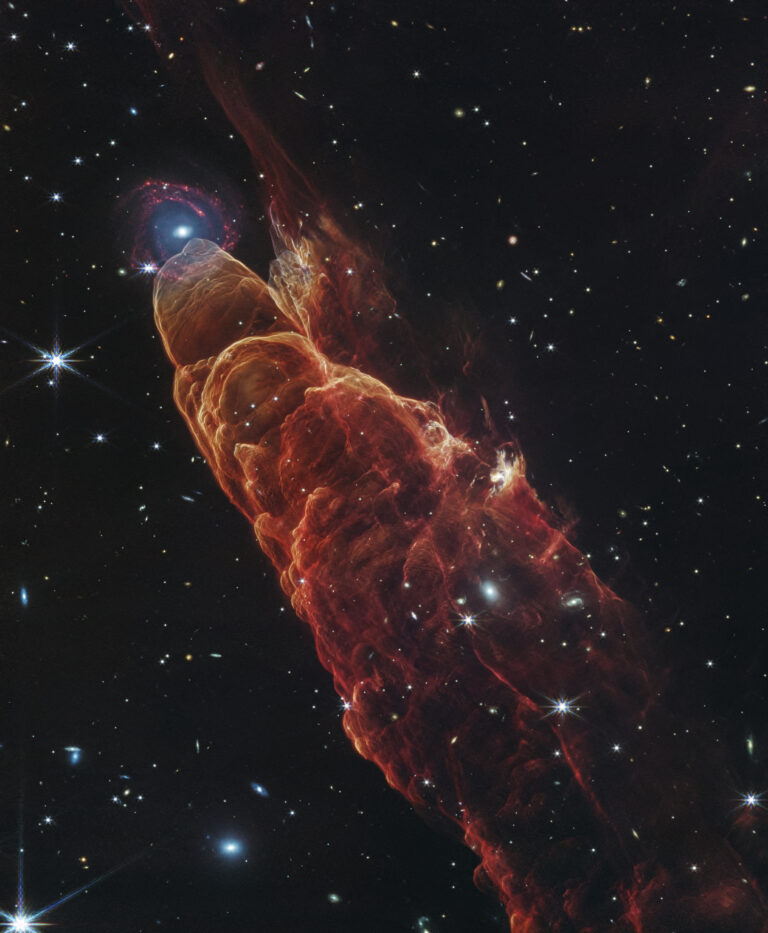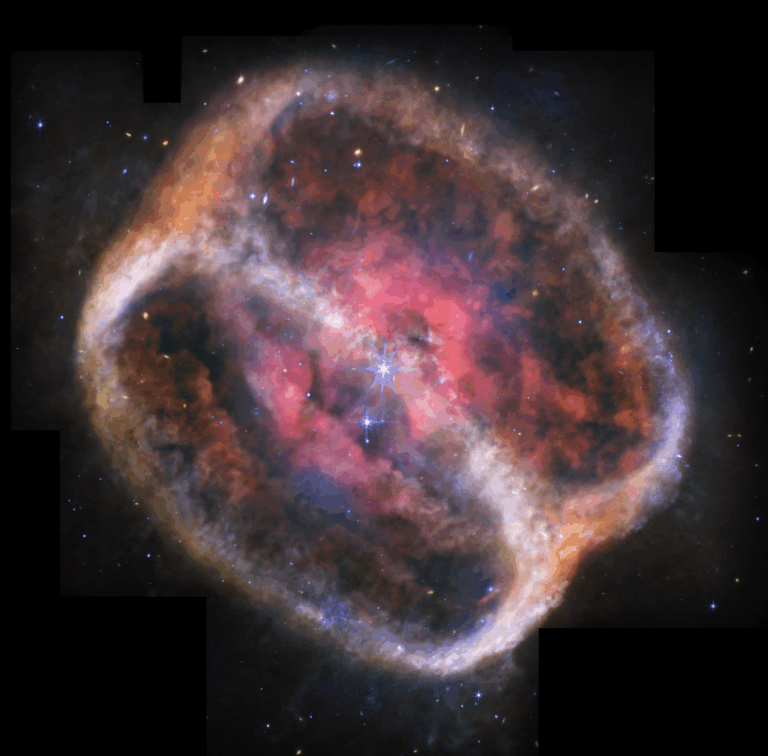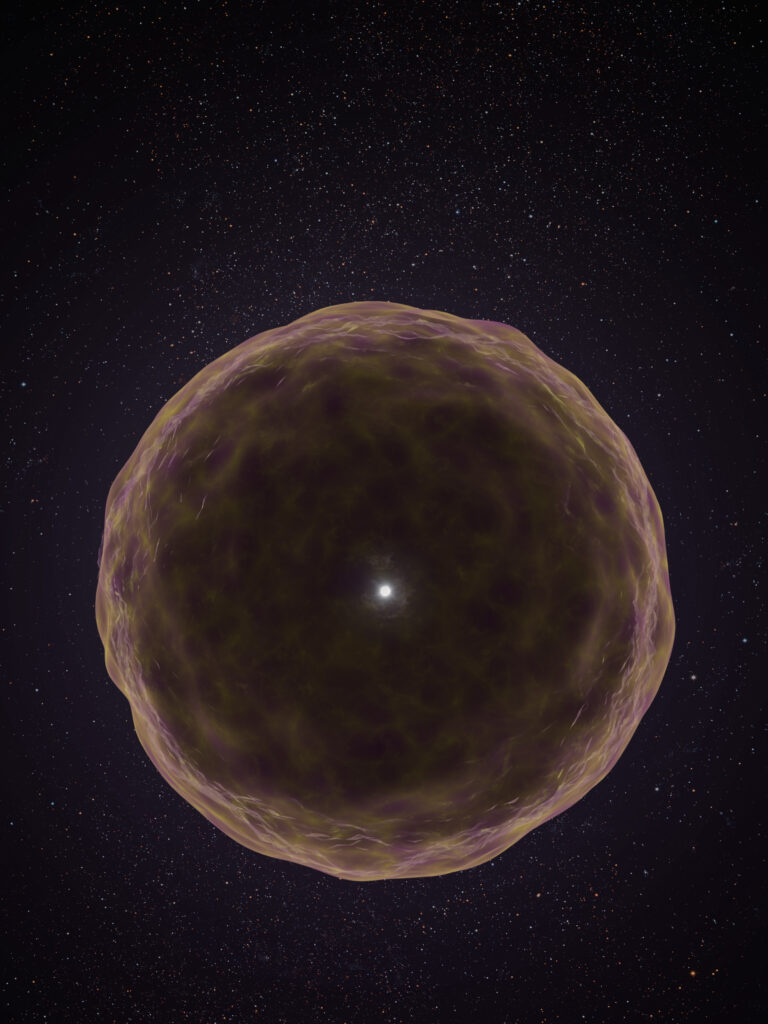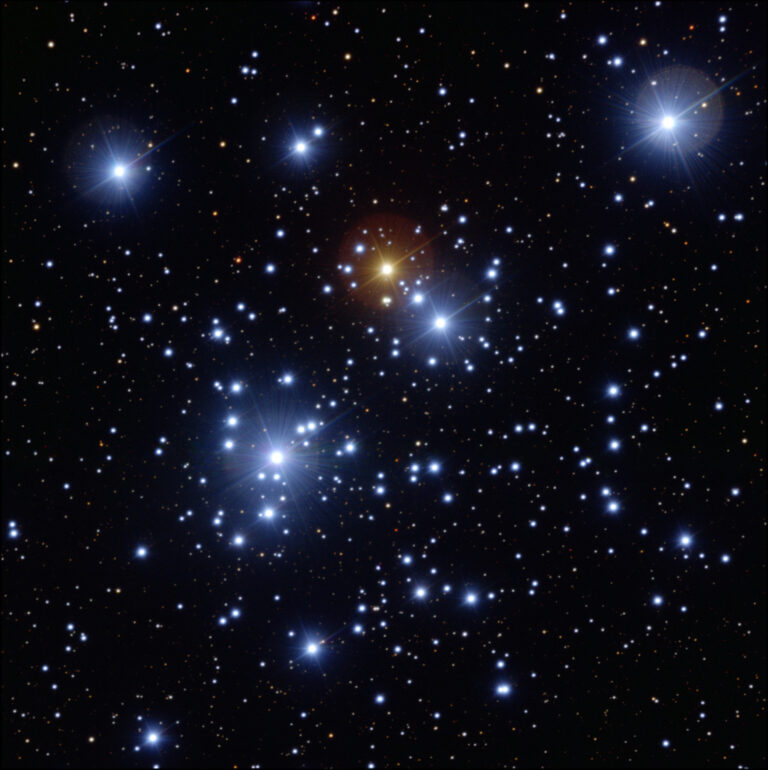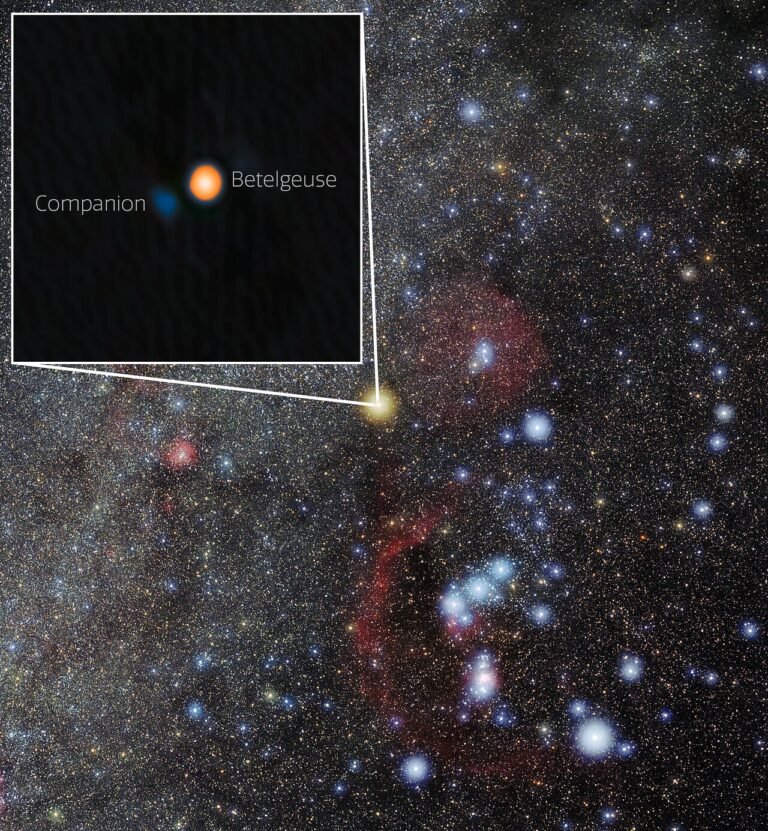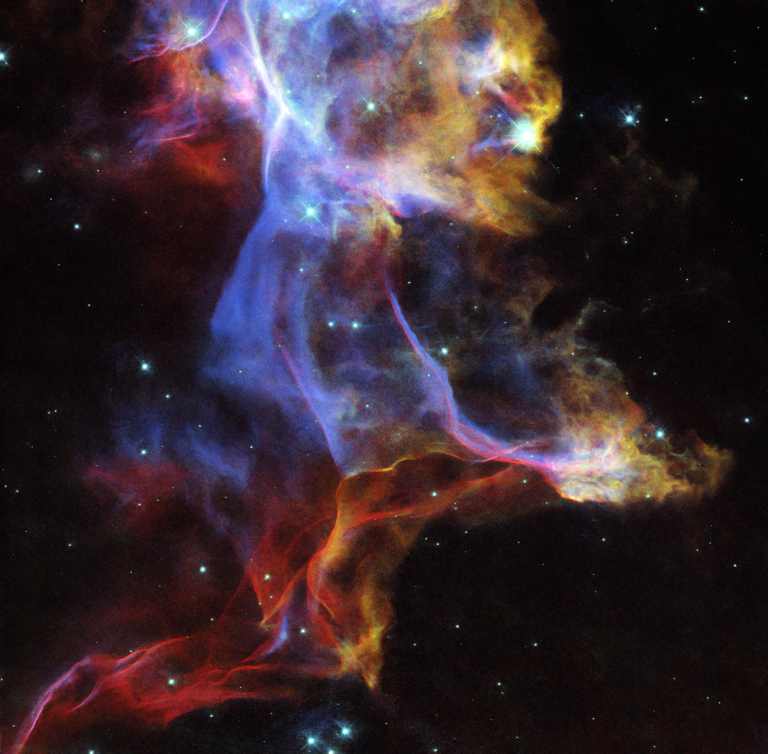Key Takeaways:
An asterism is a pseudo constellation. It may be part of an officially recognized constellation like the Big Dipper in Ursa Major. Or it might take stars from several groups. The Summer Triangle — which borrows the 1st-magnitude stars Vega from Lyra, Altair from Aquila, and Deneb from Cygnus — comes to mind.
Asterisms come in three sizes: large (ones we see with unaided eyes), medium (best viewed through binoculars or wide-field telescopes), and small (for telescopes only). This month, we’ll look at a trio of mediums.
The first, the Diamond Ring, is one of the easiest asterisms to locate if you live in the Northern Hemisphere. Also known as the Engagement Ring, it’s a 45′-wide circular arrangement of 7th- and 8th-magnitude stars whose solitaire is the North Star, Polaris.
Sticklers for accuracy point out that Polaris only approximates the location of the North Celestial Pole. A line drawn from the part of the Diamond Ring opposite Polaris, through Polaris, and extended an equal distance beyond, brings us closer to the mark.
Next up is an amazing chain of stars called Kemble’s Cascade. In 1980, while scanning a rather vacant area of Camelopardalis with 7×35 binoculars, Canadian amateur astronomer Lucian J. Kemble came across “a beautiful cascade of faint stars tumbling from the northwest down to the open cluster NGC 1502.”
Although we’re viewing asterisms through binoculars, Kemble’s Cascade also offers two eye-pleasing sights for the telescopic observer. The first is the aforementioned NGC 1502, a 6th-magnitude open cluster containing several dozen magnitude 10 to 11 stars in an area 8′ across. At its heart is the pretty twin system Struve (STF) 485 — its magnitude 7 components are separated by 18″. The cluster and embedded double star show well with magnifications of 50x to 75x.
Binoculars back in hand, we turn to an asterism I’ve featured here in the past — the Coat-hanger in Vulpecula. Persian astronomer Al-Sufi saw it as a nebulous spot in 964, and Italian astronomer Giovanni Battista Hodierna rediscovered it in the 17th century. Because of its large size (a 1½° span), the Coathanger wasn’t included in the Messier, Herschel, or NGC catalogs.
In the 1920s, American amateur astronomer Dalmiro Brocchi sketched it on a finder chart for the American Association of Variable Star Observers. Since then, some amateur astronomers have called the Coathanger Brocchi’s Cluster. Its formal identity on most star atlases is Cr 399, the 399th entry in a 1931 catalog of star clusters compiled by the Swedish astronomer Per Collinder. Surprisingly, the Coathanger Cluster isn’t a true star cluster at all, but a chance alignment of stars ranging from 200 to 1,100 light-years away.
To find the Coathanger, I like to work with the distinctive three-star row in the northeast part of Aquila that includes Alshain, Altair, and Tarazed (Beta, Alpha [α], and Gamma [γ] Aquilae, respectively). Beginning at Alshain, I make a binocular star-hop past Altair and Tarazed and continue onward another 10°.
You won’t miss the Coathanger. A straight line of a half-dozen 6th- and 7th-magnitude stars forms the bar, while four others create the hook. So distinctive is the Coathanger that it appears on the pin awarded to any Astronomical League member who completes the club’s Asterism Observing Program. You can find the list, which currently describes 108 asterisms, by logging on to www.astroleague.org, clicking on “Observe,” and then clicking on “Observing Programs.”
Questions, comments, or suggestions? Email me at gchaple@hotmail.com. Next month: Faint fuzzies for fall. Clear skies!


